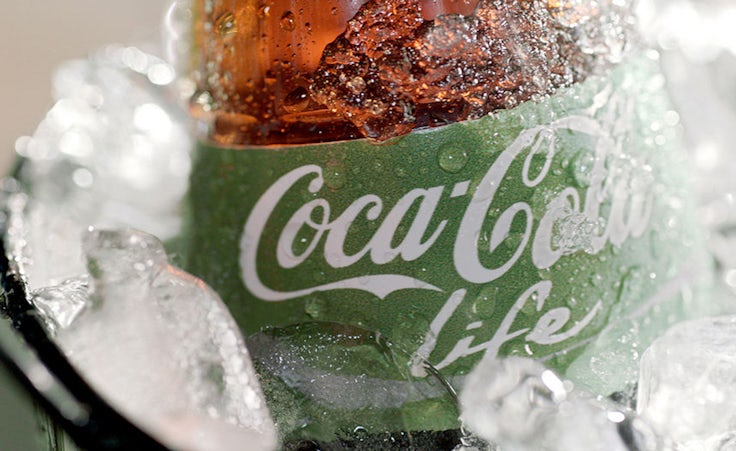Product launches fail to entice consumers
A survey of more than 2,000 UK adults reveals product launches are not leaving a lasting impression on consumers and social media does not always live up to the hype of being the place to be. Marketers therefore need to customise launches in order to maximise investment.

The new year is all about fresh starts, meaning the time is ripe for brands to bring new goods and services to market.
Over the next few months, Apple will launch its first smartwatch, audiences will finally get to view the much-anticipated movie adaptation of EL James’s bestseller Fifty Shades of Grey and PepsiCo is rumoured to be bringing Pepsi True, its rival to Coca-Cola Life, to the UK.
However, new research finds that brands are failing to make a lasting impression at the time of launch because while three quarters of consumers love the idea of trying something new, only 28% can recall any product launch activity.
“There is a real opportunity for marketers to deliver returns quicker, increase longevity and customise launches for different audiences to maximise on the investment they make,” says Jo White, agency head at Five by Five, which commissioned the study.
The consumer technology sector ranks highest for building anticipation ahead of a new launch, with Apple singled out as the brand most likely to stick in people’s minds, perhaps unsurprisingly considering the furore that normally accompanies the launch of a new iPhone or iPad.
Computer game and movie releases are also cited as some of the more memorable events, according to the survey of more than 2,000 UK adults.
When it comes to building interest ahead of a launch 51% of consumers say online offers and competitions are one of the most effective ways of catching their attention, while 38% are interested in video content and 35% like to see behind-the-scenes information.

Consumers do not see social media as a priority, however, as just 4% base their buying decision on social buzz and only 9% believe shareable content online is important.
Even when looking specifically at younger respondents aged 18-24 just 8% suggest social media would encourage them to buy a new product.
“These figures are a lot lower than we would have anticipated,” says White. “Social media is absolutely part of the engagement and awareness mix but it’s not a major driver in its own right.”
Although bad reviews online would discourage 29% of shoppers from buying a newly-launched product the biggest deterrent is price, according to three quarters of shoppers.
Consumers believe they are fairly level-headed when it comes to weighing up the merits of a new product as 72% of people take into account whether or not they actually need it rather than how it makes them feel, with women more inclined to have this attitude than men.
Half of consumers (50%) suggest the main reason they are interested in buying the latest products is the desire to try something new. Conversely, however, 28% of consumers are also drawn in by the re-launch of old or discontinued brands. Social media seems to play a more significant role in this case judging by the success of the recent campaign for McDonald’s to bring back the McRib and Cadbury’s reintroduction of the Wispa chocolate bar, both of which were fuelled by fans on social media.
But just 14% of people say the type of marketing that tends to support a relaunch is well executed. Only a fifth (22%) suggest this kind of activity makes them want to buy the product again, and a similar number (21%) feel it is a cynical attempt to cash in on nostalgia.
Looking at specific sectors, another issue raised by 35% of shoppers is the fact that they have been aware of a new grocery or household product but haven’t been able to find it when they go shopping.
“Co-ordination [between teams] is one of the key principles of launching a new product,” says White. “If you’ve got one weak link in the business piece you are going to undermine all the hard work that has been done.”
The number one purchase driver for new products in the grocery sector is special offers and promotions and 67% of consumers are more likely to buy a new item if they’re able to try it out first.
Four in ten gamers also see the value in trying a new game prior to purchase but 21% would like to see more creativity and innovation in how video games are brought to market.
Within consumer technology it is product innovation that drives 33% of people to make a purchase. A voice of authority in marketing is also welcomed as 31% like to see tech launches fronted by the company’s chief executive.







